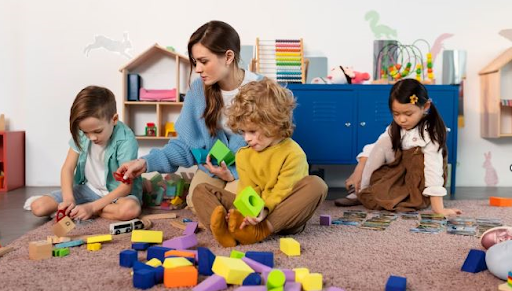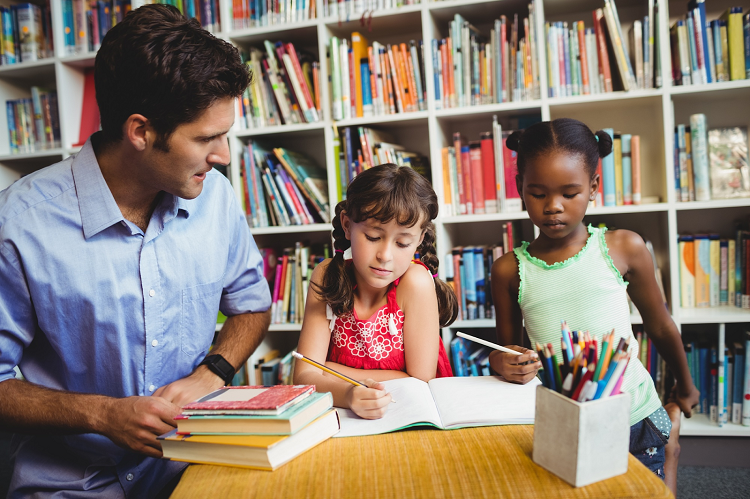If students graduate junior high or high school believing the internet is only good for playing games, they would be doing themselves a disservice. Students would also be in grave danger if they believed social media was only for selfies and vacation envy.
Students should be exposed to the true power of social media in order to create the next generation of meaningful social media users.
To teach students the positive side of social media, hold workshops or encourage computer instructors to do so.
Although schools for younger children won’t need to cover all of these uses of social media, students in their teenage years should at least be exposed to these uses, even if they don’t have the opportunity to master them fully.
Activism social
The use of social media to organize protests, share petitions, take donations, and spread awareness should be taught to students. Include real-life examples of how social media can help, such as how social media outcries helped Black Lives Matter achieve progress. School students’ social activism during pandemics, including social distancing, mask-wearing, staying home, shutting down schools, or communicating the closing of schools by using school poster design for social media, has helped a lot. Sharing it with all of your followers on social media has made the job much easier.
Entrepreneurship

Social media has incredible power in the business world. In order to create and grow reach, social media professionals are behind the largest brands in the world. Social media should also be introduced to students as a way to gain traction for their own businesses. Students will benefit from setting up real or pretend business social media accounts, regardless of what they decide to do with their lives.
Development of professional skills
Social media can further a student’s career. Students should understand this. To share their advice, network, and increase their chances of getting hired, they can build up professional social media accounts. Alternatively, they can learn how to get there by following professionals in a similar field to their own.
Building your personal brand
Even though not every teenager will be deterred from posting inappropriate content online, those who fully understand the power of building a personal brand will be more careful about what they put out there. Show students as many real-life examples as you can of each of these use cases so they see how social media can be used. You can create your personal post for your personal branding and share it on social media. I recommend some apps like flyer maker and poster maker. It will help you to create a design by yourself.
Sharing hobbies
Is it appropriate for students to share their hobbies on social media while they are in school? There is value in learning this even though it may not be the most important thing. It is important for students to understand how sharing their projects and passions can set them up for success. You don’t need to be an influencer, you just need to be a part of a community and reap its benefits. It’s all about connections, right?

Communities-building
Social media allows students who have always felt outcasts to find their communities. Whether it’s boys who like glitter makeup, girls who wrestle, or kids who code… whatever it is. Online, there is a lot of hate, negativity, and bullying. Students can learn how to find online communities that will help them through tough times.
Debt associated with student loans
Currently, the average student loan debt per borrower is over $30,000. School systems could do some good by helping students better understand where student loans come from, how to manage them, where to find scholarships and creative ways to avoid debt overall.









